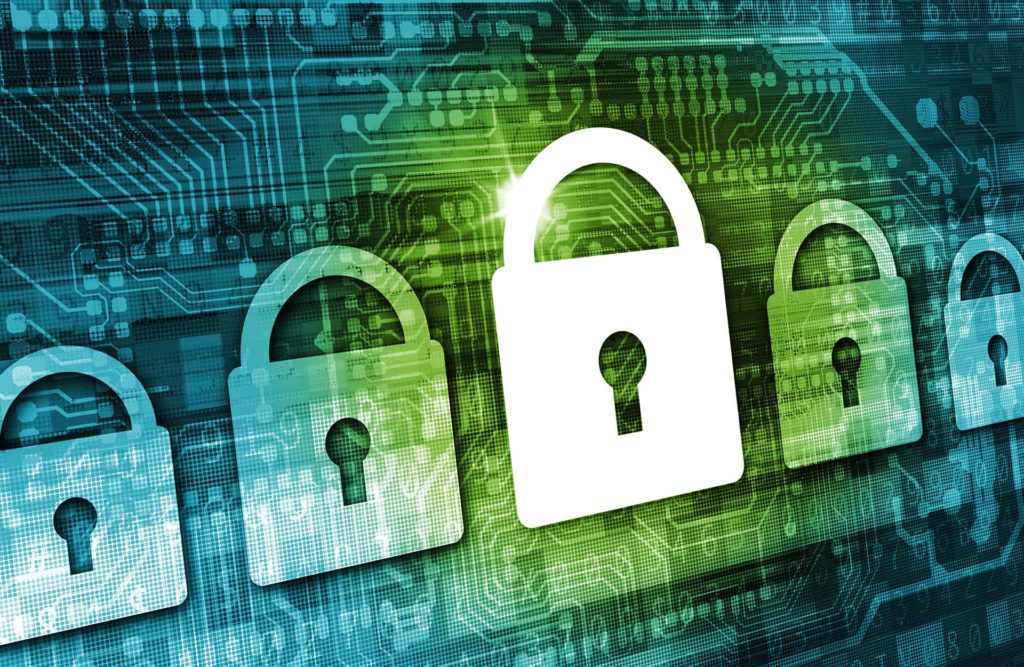WordPress security: Tips to enhance your online store security
It doesn’t matter how much effort you’ve put into creating a site, there will always be a way that will cause harm to your ist and that will happen even if you haven’t done anything wrong.
That’s the way the internet works and how random the attacks are.
But did you know that most of the threats to your sites can be prevented if you implement the following 10 simple WordPress security tips:
10 WordPress security tips to keep your site secure
There are some tips that you must follow and implement in your list and you can follow them at least every month to ensure that your website is safe.
Update your WordPress regularly
With all the new releases, WordPress constantly improving its security and has improved vastly. They fix a lot of vulnerabilities and bugs with every new version. Also, if you find any malicious bug then WordPress will immediately take care of it and will promptly force a safe new version.
Therefore if you don’t update your WordPress there is a higher chance of you being at risk.
To update your website, go to the dashboard, and then at the top of the page, you’ll see the announcement of the new version. Then, all you have to do is click the update and then click on the blue “Update Now” button.
Update your plugins and themes
The same rule applies to themes and plugins. You should also update the installed themes and plugins on your site. This will help you avoid bugs, security breach points, and vulnerabilities.
Just like most of the software’s, once while a security hole may be found in them or they might also get breached.
So, how can you update the plugins and themes?
Let’s benign with the plugins. Go to the Installed Plugins/ Plugins, where you’ll see your plugins. WordPress will let you know if you know a certain plugin is not on the latest version.
To update your themes, go to the Themes/Appearance, where you’ll see all the themes that you have installed. Just like the plugins the outdated ones will be marked and just click on the “Update now” button.
Also apart from updating the themes and plugins, you could remove the themes and plugins that you are not currently using, which will reduce the unwanted weight.
Regularly Back up your site
Creating a copy of all the site’s data is called backing up the site, and then store the data someplace safe. By doing this, you can recover the backup copy if anything bad happens.
You’ll need a plugin to back up your site. Just research and you’ll find some good backup solutions out there.
Limit your login attempts and change your password frequently
You shouldn’t allow unlimited password and username attempts because it will only help your hacker succeed. If you allow that option, they’ll have infinite attempts and will eventually succeed in finding out the login data. The best way you can do this is by limiting the number of break-ins.
You could also change your passwords often to further prevent the hacker from getting into your site, and often, just change your password every 3-6 months.
Installing a firewall
There are two different places where you can install your firewall.
Firewalls are usually used to prevent various online threats from threatening your computer. This way, every threat that comes to your computer is questioned and if found to be suspicious, it is kept away.
Although it has no direct connection with your WordPress site, it will be important if your computer is used to interact with the admin area of your website.
Therefore, if your computer is attacked, then your website will be hacked too.
In addition to installing a firewall on your computer, you could also add different security tools on your WordPress website, which protect your website from malware, hackers, viruses, and hacker attacks.
Limiting the user access to your site
If several people are using your website or have access has to it, you should be careful while setting up new accounts on your website. If you want to have everything under control then you should limit the number of users who access the account and restrict unnecessary users.
If there are many different users, you limit their permissions and function. They should only be given access to the features that are required for their job.
Renaming your login URL
The default URL that is used to log in to your dashboard is either wp-admin or wp-login, PHP, which is added to your site after the main URL of the site.
For example, YOURSITE.com/wp-login.php
And because these are the common URLs, these are also the most accessed URLs by hackers to get into your private database. BY changing the URL, you can significantly reduce the chances of getting yourself into trouble.
By getting a custom URL, it makes it harder for hackers to find their way into your site.
Enabling security scans
The process by which specialized plugins/software go through your entire website to find anything suspicious is known as a security scam. If they find anything not correct, they will rectify it immediately. They work like anti-virus scanners.
Use SSL
Another great strategy to strengthen and encrypt your admin data is by using the SSL ( Secure Socket Layer). This makes transferring data between a server and the user browser secure.
You can get an SSL certificate in two ways:
You can either buy it from a third-party company or you could ask your hosting provider to give you one. Some hosting plans have this feature. If your host provides a free one, make sure to avail of it.
By using SSL encryption, you are not only just securing your website, but also improving your google ranking. This is because Google favors those sites that have an SSL Ranking.
Protecting your wp-config.php
One of the important files is the wp-config.php and is also vulnerable. It contains many crucial data and information about your site, and if anything happens, you’ll not be able to use it normally.
You can protect this by simply taking that file and moving it one step above the root directory of your WordPress. Nothing will happen to your WordPress site and the hackers won’t be able to find it as well.
Contact Us To Get FREE Website & Digital Marketing Consultation Today!







